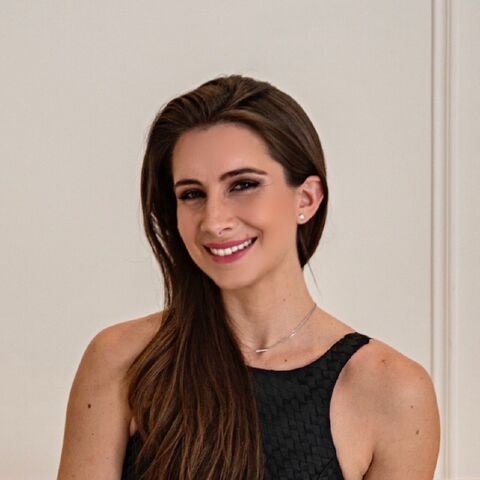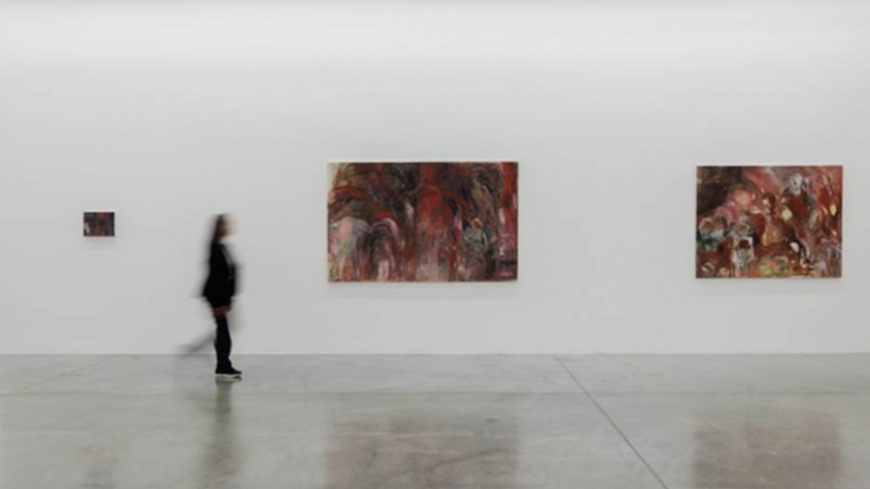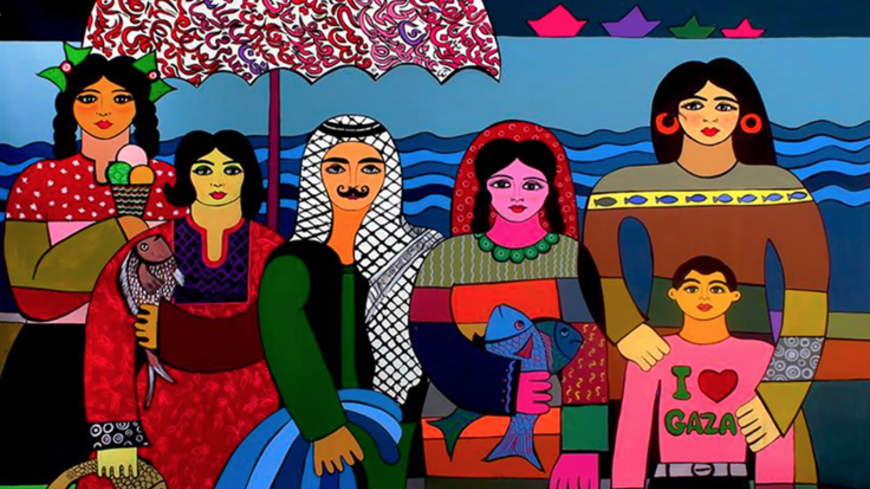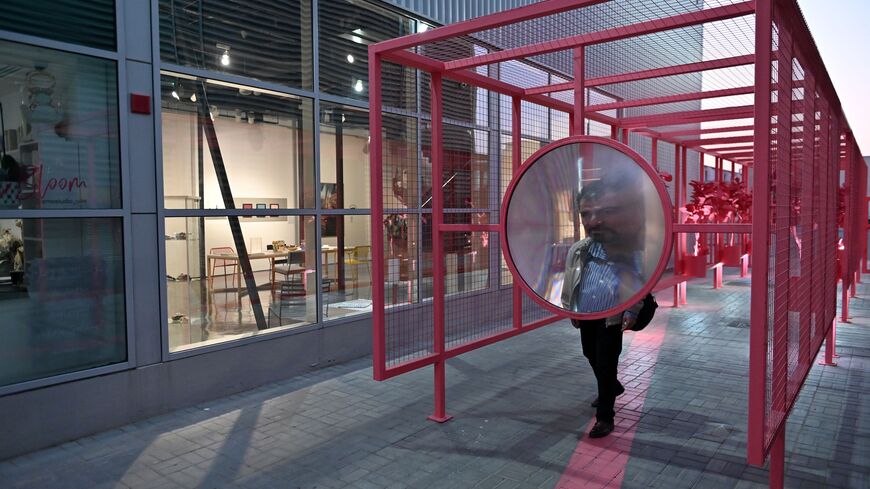AL-Monitor Dubai: Emirati artist Mohamed Ahmed Ibrahim at Maraya Art Center
This week we spotlight an exhibition at Maraya Art Center in Sharjah featuring the work of prominent Emirati artist Mohamed Ahmed Ibrahim, who exhibited his work at the 59th International Venice Biennale in 2022.
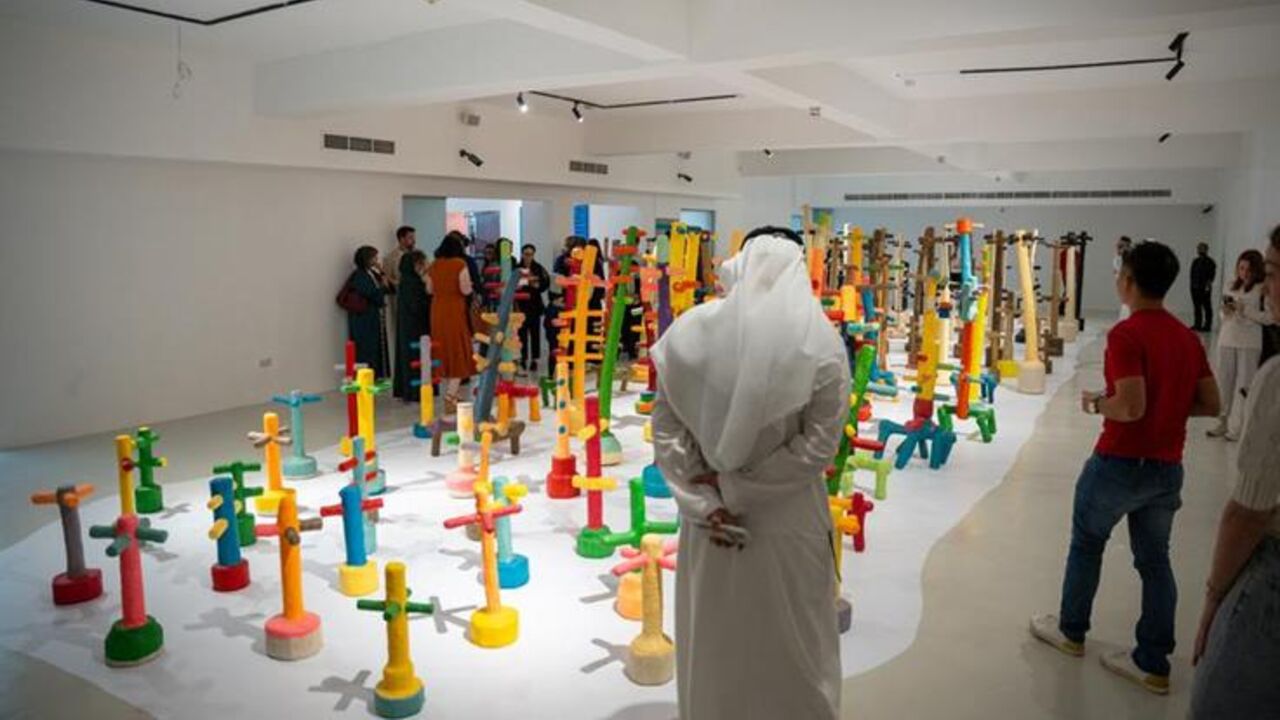
You're reading AL-Monitor City Pulse — Dubai, a guide to the city’s nightlife and proliferating music and food scene, as the Gulf metropolis solidifies its status as a regional culture hub. To get this newsletter in your inbox each week, sign up for free here.
This week we spotlight an exhibition at Maraya Art Center in Sharjah featuring the work of prominent Emirati artist Mohamed Ahmed Ibrahim, who exhibited his work at the 59th International Venice Biennale in 2022. We also look at a new restaurant featuring Malay cuisine in Jumeirah 1 and the vibrant Ramadan Souq in Deira.
Leading the week: “Between Sunrise and Sunset: Mohamed Ahmed Ibrahim”
The uplifting, vibrant and playful installations of Emirati artist Mohamed Ahmed Ibrahim are on view in a solo exhibition at the Maraya Art Center, showcasing works that were originally exhibited in 2022 on the occasion of the 59th International Art Exhibition of La Biennale di Venezia for the National Pavilion of the United Arab Emirates. While the showing in Venice was originally curated by Maya Allison, founding executive director of the Art Galleries at New York University Abu Dhabi, Cima Azzam curates the presentation of Ibrahim’s works at the Maraya Art Center in collaboration with Dubai-based artist Lawrie Shabibi and his gallery.
In Ibrahim’s hometown of Khor Fakkan, the Emirati port village on the Indian Ocean, the sun rises over the sea and the nearby rocky terrain of the Al Hajar Mountains. The movement of the sun over the water and the jagged rocks results in changing hues on the surrounding landscape — colors that influence the creation of Ibrahim’s otherworldly, visceral forms, which he builds using papier-mache and the incorporation of often unseen raw materials of actual earth, leaves, tea, coffee and tobacco. To this he adds paint in various colors.
“Between Sunrise and Sunset,” as exhibited in Venice and now in Sharjah, is a single work in which dozens of human-sized, biomorphic sculptures come together to serendipitously flow in color and movement, as if the work of art mirrors the changing stance of the sunlight during the day.
Ibrahim's practice encompasses around 40 years of prolific artistic experimentation and production. He is known as a core member of a close group of conceptual artists who have led the vanguard of visual art in the UAE since the 1980s, which also included Abduallah Al Saadi, Hussein Sharif, Hassan Sharif and Mohammed Kazem.
Date: Until Aug. 1
Location: Block E, 2nd Floor, Maraya Art Centre, Al Qasba, Sharjah
Find more information here.
Word on the street: Harummanis

(Courtesy of Harummanis)
Well-loved Dubai chef Akmal Anuar has launched a new Singaporean Malay restaurant in Dubai, marking the second branch of Harummanis, which already exists in Singapore. The eatery, which celebrates the Harumanis mango, cherished in Malay culture and Anuar’s origins, offers traditional dishes with a contemporary twist. Cuisine has long been in the chef’s family, which owns a 32-year-old nasi padang hawker food stall in Teck Whye, Singapore.
At Harummanis, you can expect a sleek, upscale, welcoming ambiance while being served Singaporean delicacies such as beef cheeks rendang, a new rendition of ketoprak using Japanese sesame sauce instead of the traditional peanut dressing, and udang galah, made with Australian jumbo prawns grilled with curry leaves and peppercorns for seafood lovers.
Location: 51 Al Wasl, Jumeirah 1, Dubai
Find more information here.
Dubai diary

Nada Baraka’s “Flirting with Time.” 2025. Acrylic and oil on canvas. (Courtesy of the artist and Tabari Artspace, Dubai)
“Across a Velvet Horizon” — Nada Baraka and Esraa Elfeky
This collaborative exhibition features the work of Egyptian artists Nada Baraka and Esraa Elfeky. On display are vibrantly colored abstract figurative works that explore themes of the unknown, incompleteness, and the human impulse to interpret the past, find order in chaos, and construct narratives that make sense of our perceived reality.
Dates: Feb. 20-April 8
Location: Tabari Artspace, DIFC
Find more information here.
The Ramadan Souq in Deira
With the holy month quickly approaching, this lively Ramadan market in the Deira neighborhood of Dubai provides a great place to get all your Ramadan essentials and more. Here you can enjoy delicious food from various pop-ups, relax in the majlis, buy holiday gifts and more.
Dates: Until Feb. 22
Location: Old Baladiya Street, Deira, Al Sabkha, Dubai
Find more information here.
“Three Tired Tigers”
This group exhibition invites spectators to see their cities and surrounding landscapes from a four-legged perspective. The show gathers over 40 artists and collectives to present work that spans history, politics, urbanism and economics, exploring human-animal relationships and perspectives in shared environments and geographies. In cities — which have been created largely for humans — animals are kept captive as either pets or, if stray, sometimes deemed as pests or annoyances. Regardless of such differences, as the works show, animals still find ways to survive and prosper within urban communities, resisting control to teach us, when we are ready, what coexistence really entails.
Dates: Until March 16
Location: Jameel Arts Center, Ground Floor, Jaddaf Waterfront, Dubai
Find more information here.
Book of the week: “The Girl Who Fell to Earth”

Qatari artist and writer Sophia Al-Maria’s powerful memoir, “The Girl Who Fell to Earth,” tells her story as a girl born to an American mother from Puyallup, near Seattle, and a Bedouin Qatar father. As a child, she grew up between the urban and natural landscapes of America’s Pacific Northwest and what she calls “the pockmarked moonscape of construction pits and cranes” in the Qatari capital of Doha, eventually dwelling in the sprawling streets of Cairo, where she studied comparative literature. This book sees the artist finding her freedom within these two very different cultures in the most unlikely of places, as she struggles with her nomadic lifestyle.
View from Dubai

Farah Al Qasimi’s “Living Room Vape.” 2016. (Tate. © Farah Al Qasimi)
Emirati artist Farah Al Qasimi’s photographs resist categorization and style. The subjects in Qasimi’s photograph “Living Room Vape” (2016), in the collection of the Tate in London, are either out of the picture frame or hidden by a cloud of vapor, as with the man who sits on the sofa. Additionally, it is unclear whose living room this is. What we do know is that it is replete with Persian/Oriental textiles and is vibrantly colored and decorated with the appearance also of a European landscape. This, to Qasimi, is a typical European home, but it represents the infiltration of years of Western influence that have impacted Gulf style. Similar to other works by the artist, who resides in New York and the United Arab Emirates, this image tells stories of identity and colonialism.
By the numbers
- Dubai welcomed over 18.72 million overnight visitors in 2024, marking an increase of 9% from the previous record set in 2023, according to data collected by the Dubai Department of Economy and Tourism.
- Over 92.3 million passengers passed through Dubai International Airport in 2024, according to Dubai ruler Sheikh Mohammed bin Rashid Al Maktoum, marking the highest annual traffic in the history of Dubai.
